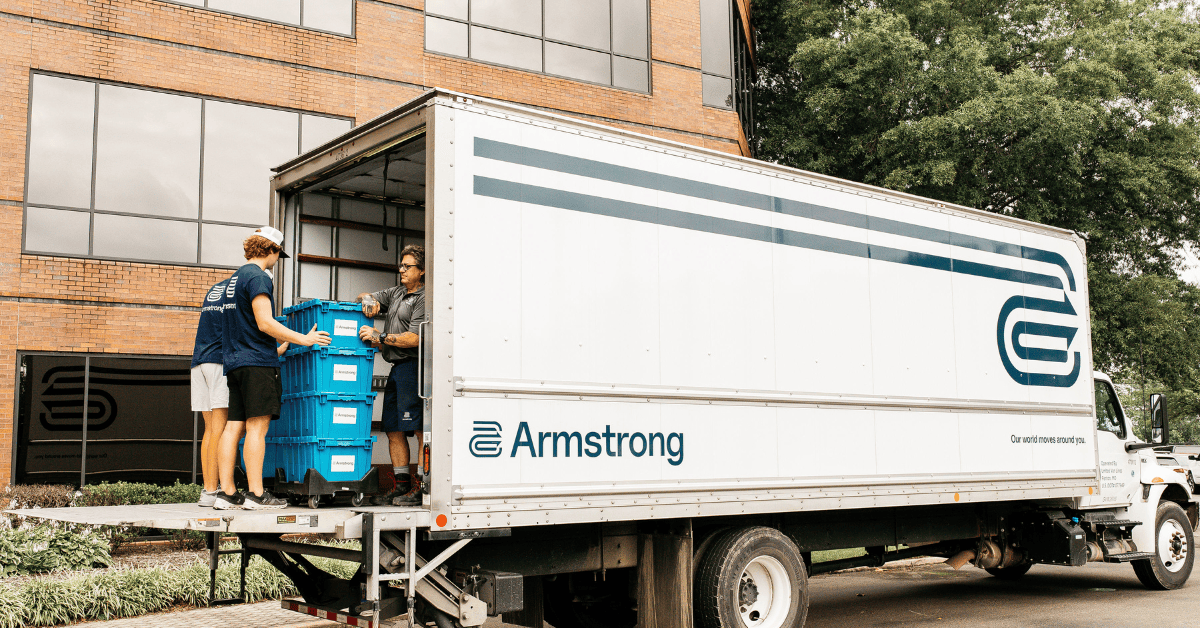Tips for Saving Money When Moving a Data Center

Data centers are the backbones of nearly every modern company. So, when it comes time to expand, build or move those data centers, the stakes are high.
A successful data-center relocation reduces downtime for employees and customers while allowing companies to expand their operations. However, a mismanaged move can lead to losses in efficiency, information, reputation and revenue.
Moving a data center involves far more than just transporting servers from one location to another, and if you aren’t prepared, the relocation costs can quickly add up. Here are four ways you can securely move your data center without taking a hit to your bottom line.
1. Set a realistic budget.
A common mistake companies make when moving data centers for the first time is underestimating the time, money and resources needed for a smooth relocation. Knowing what you should realistically expect to spend can protect you against scams and help you stay cost-efficient. An Info-Tech survey found that it costs around $10,000 per rack to move an average data center, but the costs may vary depending on the size and scope of your move.
When crafting your budget, consider whether you want to handle the bulk of the move internally or hire a full-service moving company. Though enlisting the support of a relocation partner may require an upfront investment, having that expertise in your corner can be invaluable. Partnering with a relocation company can lead to cost savings in the long run by allowing your internal teams to stay focused on what they do best: growing your business and driving results to your bottom line.
2. Build a schedule that minimizes disruptions.
Moving a data center is not a task that can happen overnight. Attempting to rush the process can lead to more downtime for your servers, a larger workload for your employees and more money down the drain. Instead of trying to cram the move into a single weekend, create a schedule for a gradual transition into your data center’s new location. By opting for a gradual relocation, you can stay efficient in your everyday operations and avoid steep, last-minute fees.
Slowly check items off your moving to-do list. Your first task should be to perform an extensive inventory, which is necessary to properly plan for every other step. Work with your relocation partner to build a moving schedule that takes advantage of your company’s off-time. If your servers need to go offline at any point during the business day, draft a plan for how you will communicate the outage to your employees, vendors, clients or customers so you can maintain productivity and profitability.
3. Evaluate the new space against security requirements.
Before you move anything to your new location, analyze the size, ventilation, and power load of your new space. Map out how your current data resources will fit to determine what you’re missing. Do you need more cables to make the location work? Make sure you have everything you need for the relocation now so you don’t have to scramble in the future. The more time you spend preparing, the less time your servers will need to spend offline after the move.
Then, determine how your future data center will meet complex compliance and security requirements. If your company processes credit card information, you need to make sure your new data center will meet the Payment Card Industry Data Security Standard. In addition to using firewalls, password protection and anti-virus software, the standard requires that companies restrict data-center access on a need-to-know basis. Taking meticulous care to comply with data regulations can prevent fines, lawsuits, lost sales and more.
4. Protect your data from damage.
Data losses during a relocation can cost your company thousands of dollars in revenue. Hiring a reputable relocation company is the easiest and most comprehensive way to protect your data and budget. Moving partners have demonstrated experience with data centers, so they know how to navigate the complexities of your relocation. If you are instead opting to manage the move internally, make sure to pack like a professional. Un-rack your equipment, wrap cables in anti-static materials and load the truck in reverse-order of installation.
With the right relocation partner, damage to your data is unlikely. However, it still pays to take additional steps to back up your data. Create backups of everything before moving day, and keep detailed notes about the conditions of your inventory. Take the protection one step further by asking your relocation partner about their high-value inventory coverage and claims process.
The Armstrong Company is the largest asset-based provider of commercial services in the United States, with 31 coast-to-coast locations. If your office or data center needs a new home, our experts can help. Call Armstrong today at 800.288.7396 or request a quote online.
